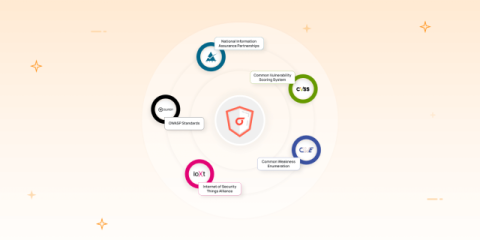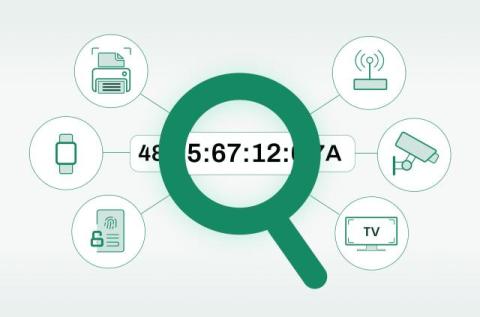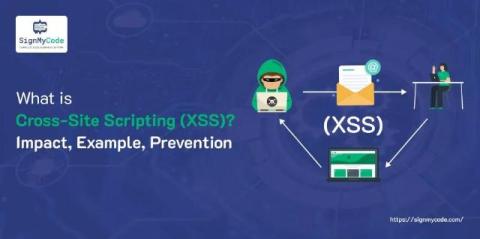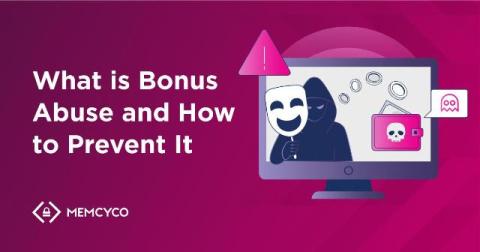How to Hide Your IP Address and Protect Your Data Online
Hiding your IP address doesn’t require a deep level of hacking technology; you can hide it quickly and prevent hackers, internet service providers, and companies from monitoring your online activity. So how can this be achieved? There are a few ways, and we will cover the most popular ones throughout this article so you can choose the best method to fit your needs, including how to hide your IP address without a VPN. Ready to start surfing in privacy and hide your IP address like a boss?











